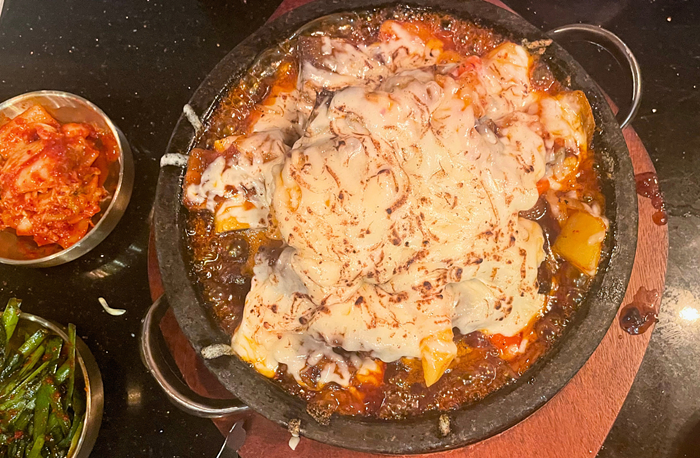
In the restaurant industry, much of the discussion about Seattle’s new minimum wage law has focused on front-of-house workers—specifically, waitstaff who earn tips, and how to account for that income. But front-of-house workers are just one set of employees who make restaurants function. Just as important are the back-of-house workers, such as cooks and dishwashers, who, while largely unseen by the public, perform essential tasks at much lower compensation.
And, unfortunately, for many back-of-house workers, especially those who work at mid- to high-end restaurants, that income disparity just worsened. That’s because most of them already make more than the prior minimum wage of $9.47, and thus won’t see a pay increase until 2017 or later. But front-of-house workers, who do make minimum wage but earn far more than back-of-house workers overall because of tips, just got a raise, boosting their income even higher.
One line cook, who earns more than the current minimum wage at a high-end Seattle restaurant and who spoke on the condition of anonymity, told me that the new minimum wage has brought tension about the income disparity between front-of-house and back-of-house workers to the surface. “It’s always been an open secret that the back of the house is underpaid relative to the front of house, especially based on hours,” he said.
“One [job] is not easier than the other,” he continued. “They’re both hard jobs. I knew [about the pay disparity] going in, and it’s something you have just had to accept as back of house.”
Lisa Saephanh, a prep cook who earns $14 an hour, said she thinks the current pay system that allows servers to make more money via tips is unfair. “I have always felt that the kitchen needs to make more money,” she said. “We are the ones cooking the food. Sometimes people leave a tip not just because of service, but because the food is amazing. There might be a $30 tip on the table, but we don’t see any of it.”
The new minimum wage also brings up tension within restaurant kitchens themselves, which function on a strict hierarchy. Saephanh, who began working at Taco Time at age 16 for $7 an hour and has worked her way through the industry as a cashier, line cook, and caterer, said she has a hard time accepting a higher minimum wage for those just starting out: “I want everyone to be paid a living wage, but that wage should not be expected, but earned. Deserving it should be more than just showing up.”
At the last restaurant he worked for, the line cook I spoke with had been a sous chef, where his annual full-time salary worked out to be about $15 an hour. (Although he estimates that he typically worked about 55 hours a week.)
“I would never begrudge anyone making a living wage,” he said. “But when I first heard about the law, honestly I did think, ‘Man, I just spent all this time climbing through the ranks to get to $15 an hour, and now some random person is going to come in and make the same wage at a far less stressful, demanding job.’”
He is hopeful that, in the long run, “employers will see that they have to pay people in higher positions more to keep them there.”
Much of this sentiment is caused by the intense dues-paying culture found throughout restaurant kitchens. “People spend a lot of effort working through the system, then look at new people coming in and think, ‘I had to do it, so you need to do it, too,’” the line cook told me. “There’s almost a bitterness to it.”
While cooks clamor for the opportunity to work at good restaurants, restaurant owners can get away with paying low wages without benefits for physically demanding, sometimes dangerous work. That’s especially the case for dishwashers, many of whom are vulnerable because they are undocumented immigrants.
In fact, the entire restaurant industry has long been predicated on unsustainable wages. The line cook told me he believes that restaurant owners know the accepted model is not sustainable and everyone acknowledges that something must change. “But,” he said, “no one wants to be the people who are on the line, risking their jobs and risking their business. It’s far more comfortable to keep going with the status quo.”
But successful restaurants are also built to adapt to a constantly changing marketplace—fluctuating food prices, increased overhead, customer whims and demands. With Seattle’s new minimum wage law, higher employee wages are finally becoming part of bottom-line equations.
“Even if [the law] doesn’t benefit everyone overall, the fact that it’s bringing up this dialogue about how restaurant pay is structured can only be a good thing, instead of just ignoring it and chugging along,” the line cook said. “Stuff like this won’t fix itself, you have to work at it.”


















